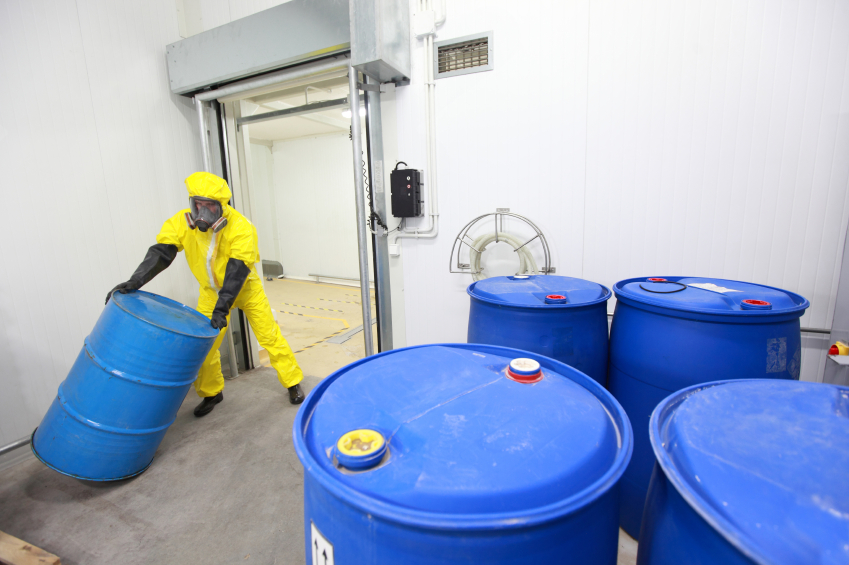
|
The EPA proposed what it calls the Hazardous Waste Generator Improvements on September 25, 2015. An extended comment period closed December 24, 2015. The Agency has received over 230 comments on the proposal. The Advisor reviewed a number of them and will give you the gist of what folks are saying about the proposed amendments to hazardous waste generator requirements. All the comments can be reviewed at regulations.gov.
Note. The EPA has proposed renaming conditionally exempt small quantity generators (CESQGs) to very small quantity generators (VSQGs). This can be confusing when reading the comments because some commenters use the current CESQG term, while others use the proposed VSQG term. This article will use the proposed VSQG term.
Top 10 Problems with EPA’s Proposed Hazardous Waste Generator Rule
There are numerous changes in EPA’s proposal. In reviewing comments by industry and industry groups, there appears to be the great concern surrounding ten specific issues. Today we will review comments concerning waste determination, conditions for exemption, and sending VSQG waste to large quantity generators (LQGs). Tomorrow we will review industry comments concerning labeling, SQG and LQG notification requirements, episodic events, and arrangements with first responders.
1. Waste determination: documentation and recordkeeping
There were numerous comments and objections concerning EPA’s proposed amendments for waste determination. One of the most contentious is the requirement to document and keep records of determinations that a solid waste is not a hazardous waste. According to a number of commenters, this requirement would significantly broaden the scope of businesses subject to determination requirements, even in the face of EPA’s admission that there are hundreds of thousands of businesses that generate solid waste that has no potential of being hazardous.
Some commenters also say that the EPA should explicitly state that waste determination not be required for many hazardous secondary materials that are excluded from the definition of solid waste, solid wastes that do not have the potential to be hazardous, and hazardous wastes that are otherwise exempt from determination requirements.
Commenters also object to the proposed requirement that generators keep hazardous waste determination records for the life of the facility.
2. Waste determination: generator knowledge
The tone of many comments seems to indicate that industry sees a total upending of requirements surrounding generator knowledge in making waste determinations. Concerns include:
- That generators “accurately” determine if a waste is hazardous. However, no definition of “accurately” is offered and some contend that the word is ambiguous and could lead to unintended enforcement actions.
- Revision to language on making a determination for a listed hazardous waste to explain more fully how generators can make this kind of determination, including the use of acceptable kinds of generator knowledge.
- A more complete explanation of how a generator should evaluate its waste for hazardous characteristics and a requirement to retain documents that comprise the generator’s knowledge of the waste and support the determination.
Commenters contend that generator knowledge is not usually documented and that required documentation could lead to omissions or mistakes. Some say that the proposal to document generator knowledge for all practical purposes eliminates the use of generator knowledge for waste determinations.
3. Waste determination: point of generation
The EPA has proposed that waste determination be made at the point of waste generation and “before any dilution, mixing, or other alteration of the waste.” Industry commenters contend that this proposal contradicts several rules and interpretations where waste determinations are made after dilution, mixing, or other alteration.
4. Conditions for exemption
This proposal is perhaps the most contentious for industry generators. Certain regulations for each generator class are “independent requirements” and certain regulations are “conditions for exemption” from RCRA permitting and the interim status standards.
According to the EPA in the proposed rule, a generator that fails to comply with an “independent requirement” would be subject to enforcement actions concerning the particular requirement. However, a generator that fails to comply with any one of the many conditions of exemption for its class would be considered out of compliance and would default to being an “illegal” treatment, storage, and disposal facility (TSDF) subject to all the TSDF regulations or to the regulations that apply to the next level of generator.
One group of commenters offered the example that under this interpretation a VSQG that fails to label a drum that it sends to an LQG under common control would be considered not only to have violated new labeling requirements but also to have violated up to the 24 rules that apply to SQGs that do not apply to VSQGs.
Commenters suggest that all conditions of exemption be removed and made into independent requirements for the particular class of generator.
5. Sending VSQG waste to an LQG
Under this proposal, VSQGs would be allowed to send hazardous waste to an LQG that is under the control of the same person as the VSQG. While commenters who addressed this issue were supportive of this proposal, some asked for a clarification of what is meant by “control of the same person as the VSQG” and all want the proposal expanded so that a VSQG would be able to send its hazardous waste to unrelated LQGs under certain conditions.
Tune in tomorrow for concerns industry commenters expressed about EPA’s Hazardous Waste Generator Improvements proposed rule concerning labeling, SQG and LQG notification requirements, episodic events, and arrangements with first responders.
